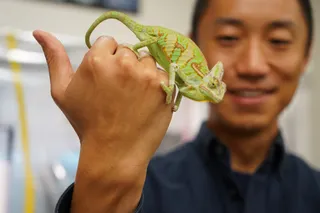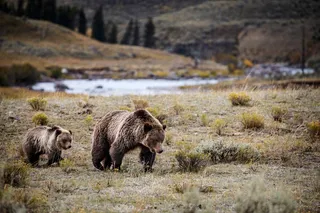Nick Wade in The New York Times has a piece out titled Still Evolving, Human Genes Tell New Story, based on a paper published today in PLOS, A Map of Recent Positive Selection in the Human Genome. This paper is an extension of the research project that emerges out of the International HapMap Project. In short the HapMap is an assay of ~300 individuals from 3 populations, European Americans from Utah, ethnic Yorubas from Nigeria, and a collection of Japanese and Chinese. What can a few hundred individuals tell you? A lot. Wade's piece is a soft landing survey of the major points. His forthcoming book, Before the Dawn, which would have more aptly been titled Still Evolving, elaborates on many of the points he brings up in in the piece. I won't scoop my own book review, but this article is simply an appetizer for what you'll find in ...
The morphing man, evolution happens baby!
Discover how human genes tell a new story of evolution, revealing recent positive selection in human genome traits.
More on Discover
Stay Curious
SubscribeTo The Magazine
Save up to 40% off the cover price when you subscribe to Discover magazine.
Subscribe












